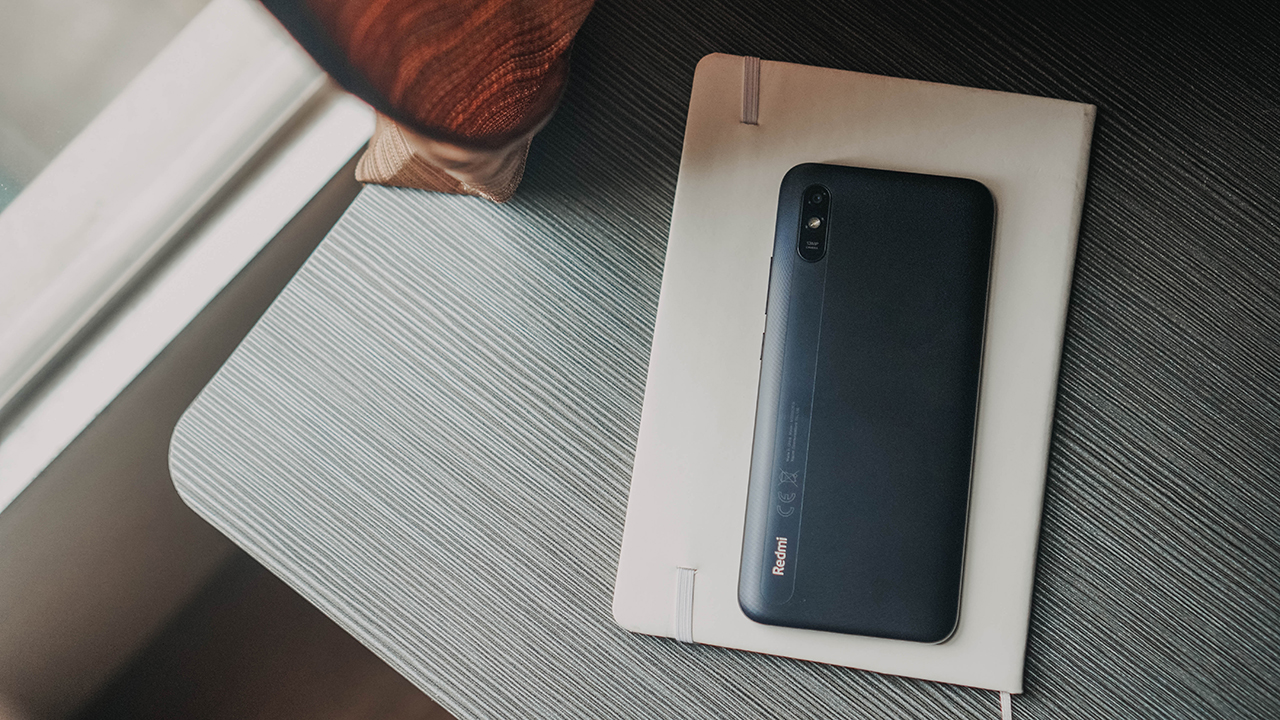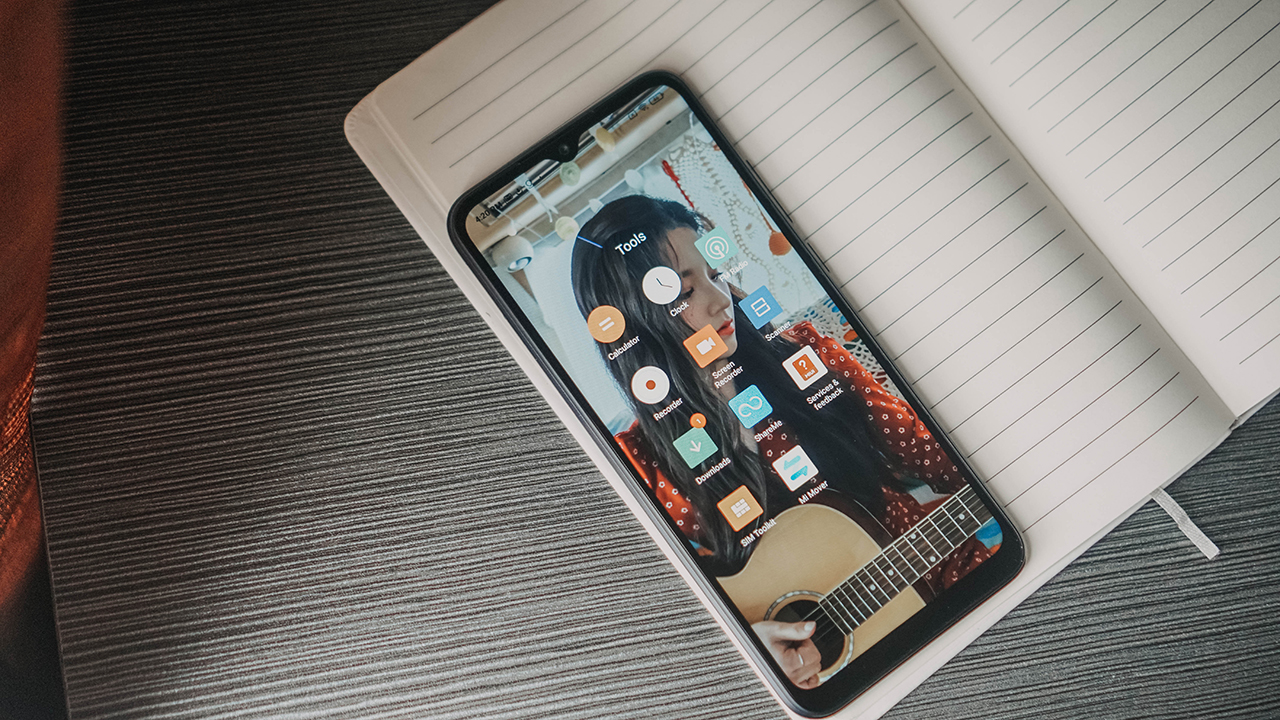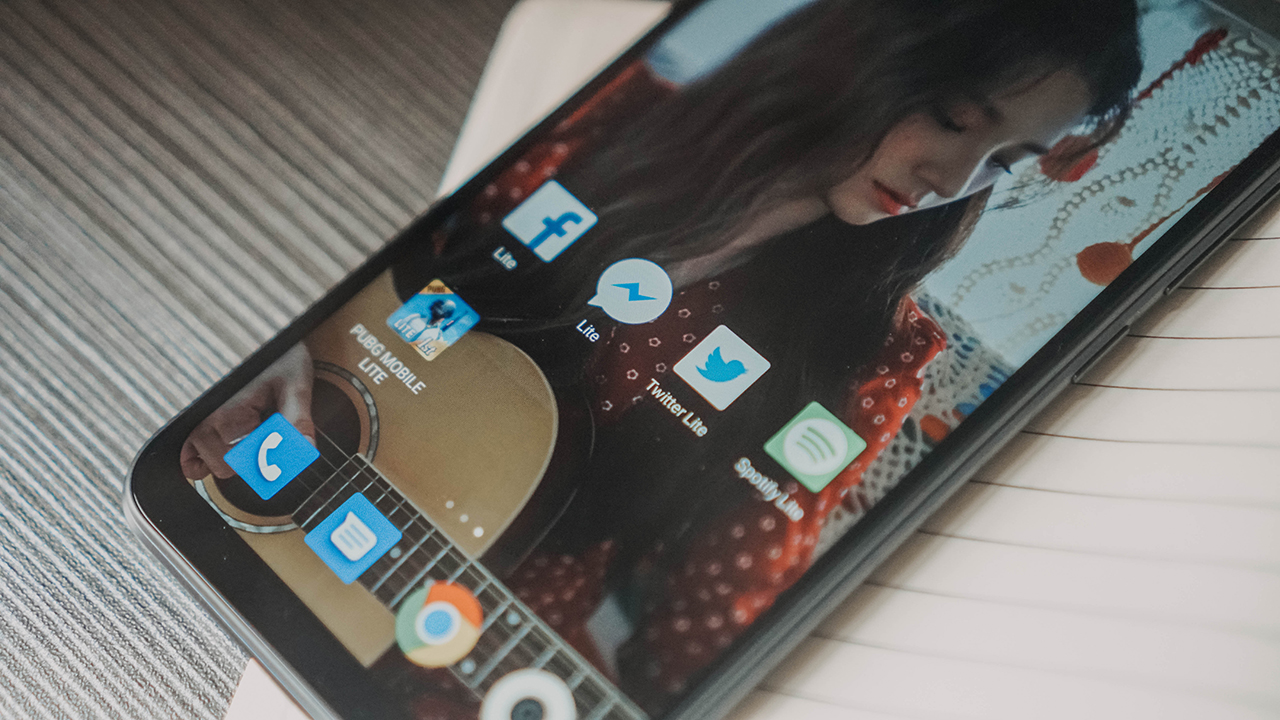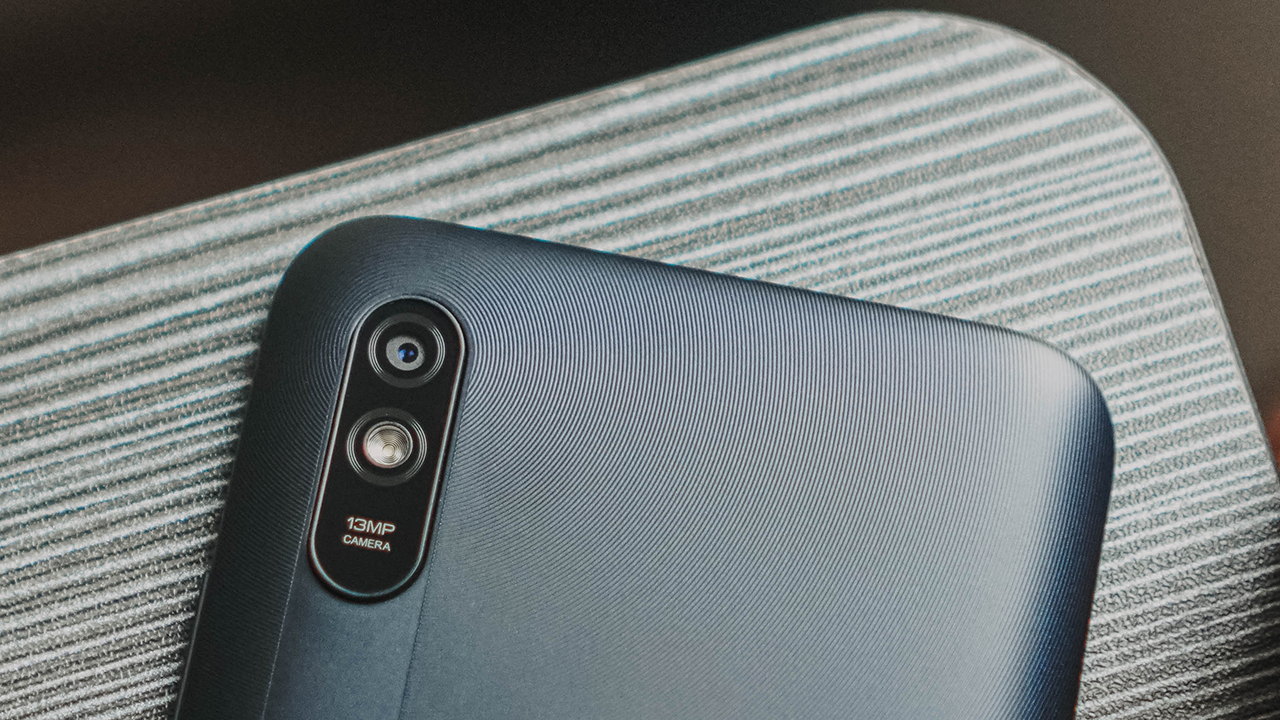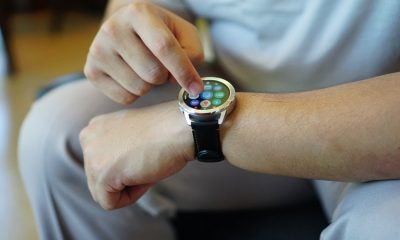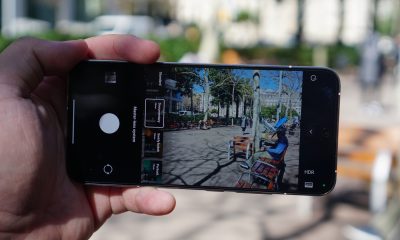
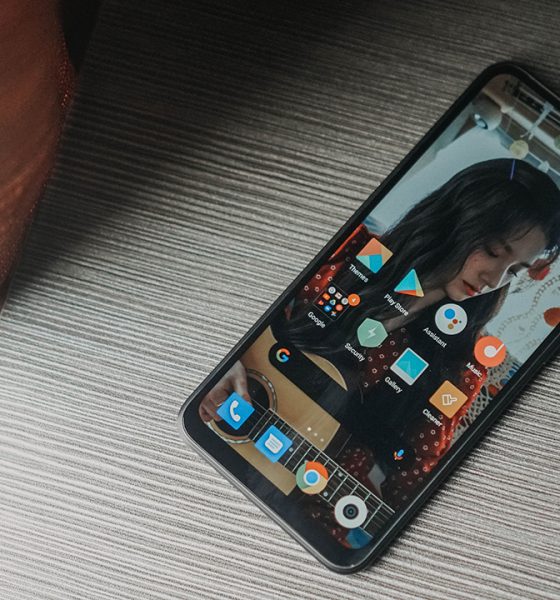
We recently reviewed another budget phone and gauged how well it would do as a student’s companion for distance learning. Seeing as the Redmi 9A fits squarely in that peg, we’re going to do the exact same thing.
This might seem like a cop out way to test the device, but given everything that’s happening, it also seems appropriate.
The status of the pending school year in the Philippines seems like it’s up in the air at the moment. Regardless, if you still choose to equip the young student in your family with a smartphone for online learning, can the Redmi 9A play that role?
Baseline specs
Let’s first see how it stacks up specs-wise to the minimum specs requirement laid out by the Education Department of the Philippines.
| Distance Learning, Smartphone Minimum Tech Specs | Redmi 9A | |
| Processor | Octa-core 2 GHz | MediaTek Helio G25
(Octa-core 2 Ghz) |
| Memory | 2GB | 2GB |
| Display | 6”, IPS LCD | 6.53” |
| Storage | 32GB | 32GB |
| Network | GSM / HSPA / LTE
Wi-Fi 802.11 b/g/n Bluetooth |
Dual 4G
Wi-Fi Bluetooth |
| Ports | Micro USB or Type C, 3.5mm Audio Jack | Micro USB port, 3.5mm Audio Jack |
| OS | Android 8.1 | Android 10, MIUI 12 |
We asked a teacher some questions about how this smartphone will be used by the student in a distance learning setup. Answers have been edited for brevity.
What will students need to access for distance learning?
It depends on the platform the school will use. These can be Google Classroom, Edmodo, Zoom, etc. But certainly, the most accessed sites will be Google and Wikipedia.
Facebook and Messenger may also be used for communication and publishing of some projects. However, this is also dependent on the teacher handling the class.
What are the must have apps?
Youtube, Google Apps (Docs, Sheets, Slides) or any office app, Dictionary, A notepad app, Web browser, and Email.
How long will they need to be on the phone?
Our planned schedule will start at around 9AM and will end at around 2PM. That’s five 45-minute classes with 15 minutes of break in between. There’s also a 30-minute lunch break at 11:45AM. It may vary from day-to-day but that’s the general plan.
This also does not yet include consultation time. For us, we’ll do 15 minutes at the start and at the end of the day to help make-up for the interaction that will be lost due to the nature of an online class.
Any final notes?
It’s certainly possible to have online classes despite the student only having a smartphone. Given of course that the smartphone can access everything mentioned previously.
Usually for lectures, the students will only really have to listen to the lectures on video. The teacher can opt to pre-record the classes and make it available for on-demand viewing so the students can access it even after class hours. The rest of the activities will be handled offline and be disseminated via communication apps.
How does the Redmi 9A handle the activities mentioned?
The Redmi 9A almost looks like it’s the exact phone that the Education Department had in mind when they drafted the minimum requirements specs. It fits every spec to a T. So how does it perform?
Like most Android phones, a lot of the Google apps mentioned by the teacher already come pre-installed. And they’ve been optimized to run smoothly on the device’s configuration.
Curiously, the MediaTek G25 struggled a bit more overall compared to the MediaTek G35 on the previous budget phone I put through this test. Although, this could also be a function of the skin (MIUI 12) making things feel slower than it ought to be.
For the record, MIUI 12 is actually one of my favorite Android skins. It’s little design decisions make a lot of sense to me.
For instance, the animation for recent apps is unlike any other Android skin. Instead of making you go left to right to switch, the apps are arranged vertically and you continue with the up-down motion you started with when decided to jump from one app to another.
But as far as apps go, Google is your best friend if you want to maximize budget phones.
Lite apps should be your go to
Budget phones are light on power so it’s prudent to go for Lite apps to not put too much stress on your phone.
Facebook, Twitter, Messenger, and even Spotify all have lite versions. You still get most of what you need from these apps without hogging too much memory.
Same is true for gaming apps. While looking for more Lite apps to use, I found PUBG Lite. It’s gonna eat over 500mb of storage but if you’re really into first-person shooters, this is probably the app to download.
Battery fared nicely
At 5000mAh this thing has plenty of juice. It also helps that it doesn’t have any exorbitant features to support thereby extending the battery life even further.
I simulated the 9AM to 2PM video on demand class sessions by letting the phone marathon through a bunch of YouTube videos. After 6 hours and 23 minutes, I ended up at 68% from a full charge.
Absolutely no issues here. This phone should be able to keep up with you for a day and then some.
Good build quality
This is again one of the more pleasant surprises here. The last time I used a budget phone extensively was about half a decade ago. It felt nowhere near this good.
The Redmi 9A feels sturdy and not the type that will break after a fall or two. Unlike yours truly. It’s hard to see on the black variant but it also has this tiny concentric circle design thing going on at the back. Much like the one found on the Redmi 9.
Fair post-processing on photos
You’re not gonna blow minds with the 13MP rear and 5MP front-facing cameras on this thing. But it does what it’s supposed to. To make sure you get good photos make sure you have a decent light source.
These were taken in the afternoon near a window.
This one was when it’s about to turn into night time.
Is the Redmi 9A an online learning GadgetMatch?
I was really skeptical about the specs laid out by the Education Department. However, this test with the Redmi 9A proved that as far as the necessities go, this gets the job done.
If you’re able to spend more, that’s great. But for people who absolutely can only spend under PhP 5,000 (US$ 100), this is a good enough choice. The Redmi 9A retails for PhP 4590 (US$ 93) and it’s already capable of a lot without forcing you to spend too much.

Accessories
Logitech introduces a dedicated shortcut for ChatGPT
Compatible with most keyboards and mice

Artificial intelligence is already meant to simplify a workflow. However, despite the ease, there are still a few ways to optimize the process. Today, Logitech has launched a new shortcut to launch ChatGPT straight from your mouse or keyboard.
Minus programmable hotkeys or buttons, there are hardly any built-in way to easily access an AI model. For a typical workflow, it still consists of manually opening the model on a separate window and keeping it within cursor’s reach throughout the day.
Logitech is simplifying the process by adding a dedicated shortcut for its devices. With a Logitech keyboard or mouse supported by the Logi Options+ app, users can program a keyboard or mouse button for the new Logi AI Prompt Builder.
Once activated, the AI Prompt Builder automatically accesses easy options for highlighted text. For example, users can easily rephrase or summarize the text. Likewise, they can input their own custom queries. By eliminating a few clicks and some typing throughout the day, the new tool hopes to save you time.
While most Logitech keyboards and mice are compatible with the new tool, it is also more easily accessible with the new Logitech Signature AI Edition Mouse. The new mouse has a dedicated button just for AI prompts. If you’re an AI power user, this one is perfect for you.
SEE ALSO: Logitech unveils G Pro X 60 gaming keyboard: Price, details

I’ve got a new favorite pair of headphones.
They look good, sound good, last long, are compact and portable.
Most of all? They are from a brand that I truly love.
But I’m getting ahead of myself.
Here’s are V Major reasons why I love the new Marshall Major V!
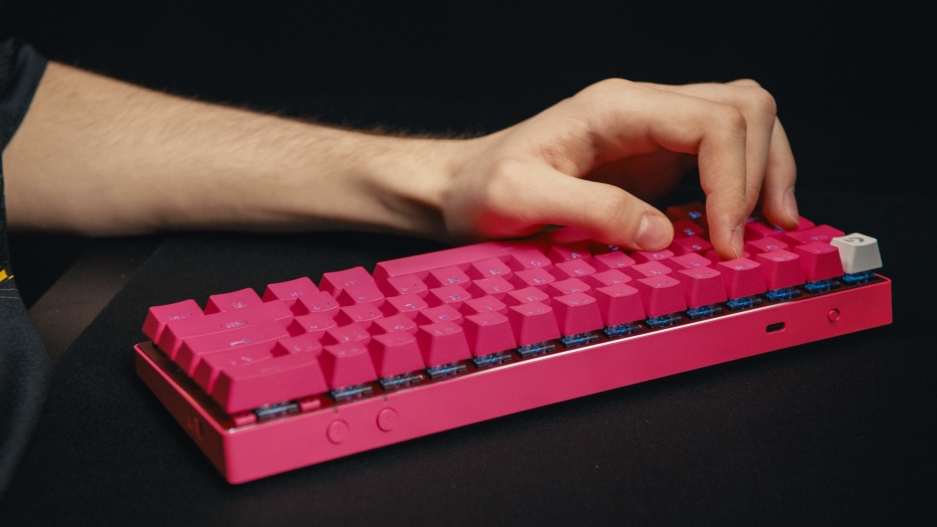
Logitech has unveiled its newest heavy-duty gaming keyboard: The Logitech G Pro X 60 Lightspeed gaming keyboard. The latest G Pro series addition is engineered in collaboration with top esports athletes, and promises exceptional performance and precision specifically for gaming.
The gaming keyboard is available in White, Black, and Magenta and retails for PhP 10,955. Customers may also choose between two GX Optical Switches configurations: tactile and linear. These upgraded switches boast faster and more precise actuation, as well as increased durability. The G Pro X 60 has a distinct design, with the keys quite elevated from the keyboard base.
As the model name suggests, the new offering is also the first Logitech product to boast of a 60% keyboard form factor. This portable keyboard allows users to have more space for dynamic mouse movements compared to full-sized keyboards.
The innovative Keycontrol feature, meanwhile, lets users assign up to 15 various shortcuts and combinations per key. Gamers will benefit from being able to tailor the keys specifically to their needs by customizing the keyboard keys with commonly used commands and audio and lighting effects.
The gaming keyboard also comes with Lightsync RGB. Users may choose from about 16.8 million colors and customize each key’s individual color. Connectivity-wise, users may use the keyboard via Bluetooth, USB, and 2:1 pairing with a PRO gaming mouse.
For more information about the Logitech G Pro X 60, visit the Logitech official website here.
-

 Accessories2 weeks ago
Accessories2 weeks agoApple Vision Pro Review: Two Months Later
-

 Features4 days ago
Features4 days agoFortify your home office or business setup with these devices
-

 Gaming1 week ago
Gaming1 week agoThe Rogue Prince of Persia looks like an ultra-colorful roguelite
-
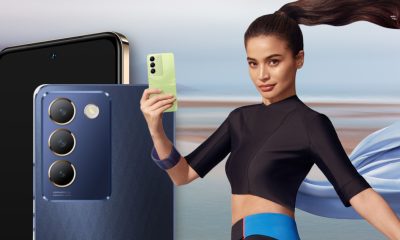
 Philippines2 weeks ago
Philippines2 weeks agovivo Y100 to release in Philippines on April 27
-

 Deals2 weeks ago
Deals2 weeks agoSamsung Awesome April: Deals on Galaxy A series
-

 Gaming1 week ago
Gaming1 week agoStar Wars Outlaws release date revealed
-

 Accessories1 week ago
Accessories1 week agoLogitech unveils G Pro X 60 gaming keyboard: Price, details
-
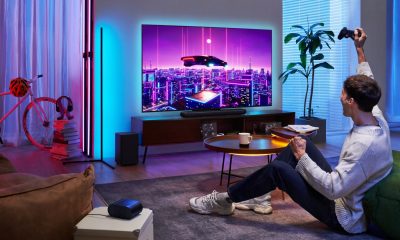
 Deals1 week ago
Deals1 week agoTCL P635 TV: Big savings for TCL’s anniversary

